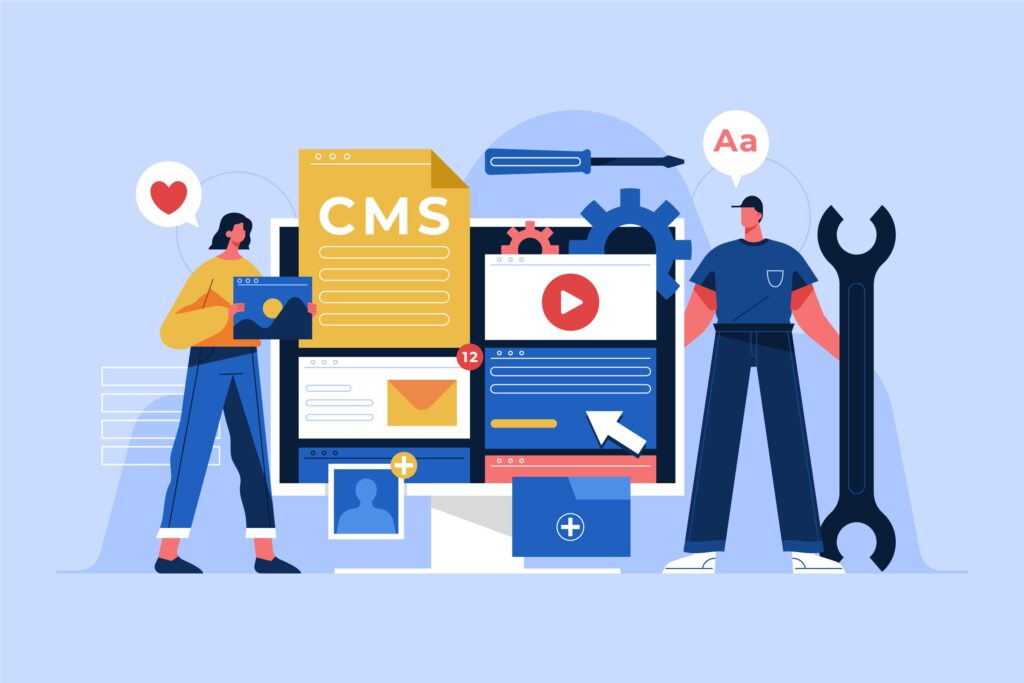Hiring Headache Solved: The Strategic Advantages of Contract Staffing for Rapid Business Growth
Today’s businesses face unprecedented challenges in talent acquisition, with hiring processes stretching up to 11 weeks on average while project deadlines refuse to wait. Contract staffing emerges as the strategic solution that transforms these hiring headaches into competitive advantages, enabling companies to access specialized talent within days rather than months. The contract staffing market has experienced remarkable expansion, with 2.5 million temporary and contract employees working for American staffing companies during an average week in 2023. This growth reflects a fundamental shift in how forward-thinking organizations approach workforce management, moving from rigid hiring models to flexible, strategic talent acquisition. The Modern Hiring Challenge: Why Traditional Methods Fall Short Traditional Hiring Limitations Conventional hiring processes create bottlenecks that stifle business growth. Companies often spend 3-4 months searching for permanent employees while critical projects remain stalled, creating opportunity costs that far exceed the savings from lower hourly rates. These delays become particularly damaging in technology-driven industries where market windows close rapidly. The financial burden extends beyond time delays. Traditional full-time hiring requires comprehensive benefits packages, office space allocation, equipment provisioning, and long-term training investments that can cost organizations 20-30% more than anticipated. These fixed costs create inflexibility that constrains business agility during market fluctuations. Skills Gap and Specialization Challenges Modern projects often require highly specialized expertise that internal teams may lack. The Society for Human Resource Management reports that 69% of organizations experienced talent shortages in 2020, making access to niche skills increasingly critical for competitive positioning. Contract staffing solves this challenge by providing immediate access to pre-vetted specialists without long-term commitments. Strategic Contract Staffing Advantages for Business Growth Rapid Talent Deployment and Project Acceleration Contract staffing transforms hiring timelines from months to days, enabling businesses to capitalize on market opportunities immediately. Professional staffing providers maintain pools of pre-screened candidates who can begin contributing within a week of engagement, dramatically accelerating project timelines and revenue generation. One fintech client needed a senior Ruby developer with specific financial systems experience and chose contract staffing over traditional hiring, starting their project six weeks ahead of schedule and gaining significant market advantage. This speed-to-market benefit often generates returns that justify the entire staffing investment. Cost Efficiency Without Compromise The financial advantages of strategic contract staffing extend far beyond hourly rate comparisons. Companies save 20-30% on labor costs by eliminating benefits overhead, payroll taxes, training expenses, and infrastructure requirements. These savings compound over time, allowing organizations to allocate resources toward revenue-generating activities. Comprehensive Cost Analysis: Direct Savings: No health insurance, retirement plans, or paid leave expenses Infrastructure Reduction: Minimal office space and equipment requirements Training Elimination: Specialists arrive ready to contribute immediately Reduced Administrative Burden: Streamlined payroll and benefits management Access to Premium Talent Networks Contract staffing provides access to global talent pools that often exceed the quality available through traditional hiring channels. Many top specialists prefer contract arrangements for the flexibility and higher compensation they offer, creating talent networks that permanent hiring rarely reaches. Buildora Infotech’s temporary and contract staffing solutions exemplify this approach, connecting businesses with skilled professionals who deliver exceptional results for short-term projects and specialized initiatives. Flexibility and Scalability for Dynamic Markets Workforce Elasticity for Demand Fluctuations Contract staffing enables businesses to scale their workforce dynamically based on actual project demands rather than projected needs. This elasticity proves invaluable during seasonal variations, unexpected market opportunities, or economic uncertainties where traditional staffing models create financial risk. Companies can assemble specialized teams quickly during growth phases and scale back without layoff complications during quieter periods. This flexibility allows organizations to maintain lean permanent staff while accessing specialized expertise precisely when needed. Risk Mitigation Through Trial Periods Contract-to-hire arrangements provide excellent risk mitigation by allowing organizations to evaluate candidates in real working environments before making permanent commitments. This “try before you buy” approach dramatically reduces hiring mistakes and cultural mismatches that can cost organizations significant time and resources. Staffing agencies employ rigorous screening processes, conducting comprehensive background checks and skills verification that often exceed what individual companies can practically implement. This pre-qualification reduces onboarding risks while ensuring only qualified candidates reach client organizations. Strategic Project Management Contract staffing aligns perfectly with project-based business models, allowing companies to bring in specialists for specific initiatives without long-term obligations. This approach enables organizations to pursue ambitious projects that would be impractical with permanent staff constraints. Technology companies particularly benefit from this model, accessing specialized skills for product launches, system implementations, or digital transformations without permanently expanding their workforce. Industry-Specific Applications and Success Stories Technology and Digital Transformation The technology sector leads contract staffing adoption, with companies leveraging specialized contractors for software development, cybersecurity implementation, and digital transformation initiatives. These projects often require cutting-edge expertise that permanent staff may not possess, making contract specialists essential for competitive positioning. Healthcare and Life Sciences Healthcare organizations increasingly use contract staffing for specialized projects including regulatory compliance, system implementations, and research initiatives. The industry’s rapid evolution and complex regulatory environment make flexible staffing arrangements particularly valuable. Finance and Professional Services Financial services firms leverage contract staffing for mergers and acquisitions, audit support, regulatory compliance, and financial system implementations. These projects often require specific expertise and tight deadlines that contract specialists can deliver effectively. Implementation Best Practices for Maximum ROI Partner Selection and Relationship Management Successful contract staffing requires careful partner selection based on industry expertise, candidate quality, and service level commitments. Organizations should evaluate potential providers based on their screening processes, candidate networks, and track record with similar businesses. Leading providers offer transparent reporting, performance guarantees through service level agreements, and ongoing relationship management that ensures continuous value delivery. The most effective partnerships treat staffing agencies as strategic allies rather than transactional vendors. Integration and Management Strategies Effective contract staff integration requires clear onboarding processes, defined project objectives, and regular performance monitoring. Organizations should establish communication protocols, provide necessary resources, and create feedback mechanisms that ensure project success. Professional staffing services like those offered by Buildora Infotech provide comprehensive support throughout the engagement, including candidate matching, contract management, and ongoing performance optimization. Compliance and Legal Considerations Contract staffing




